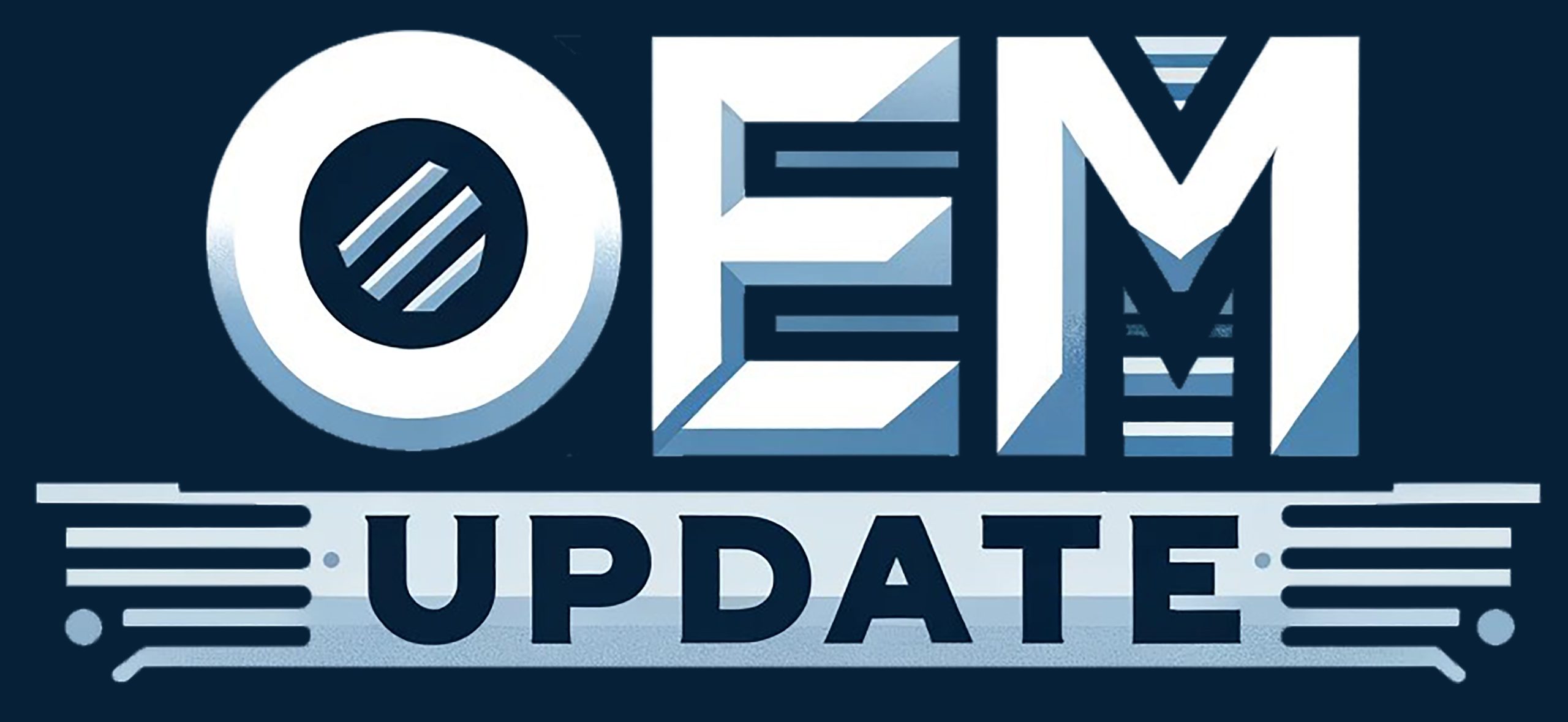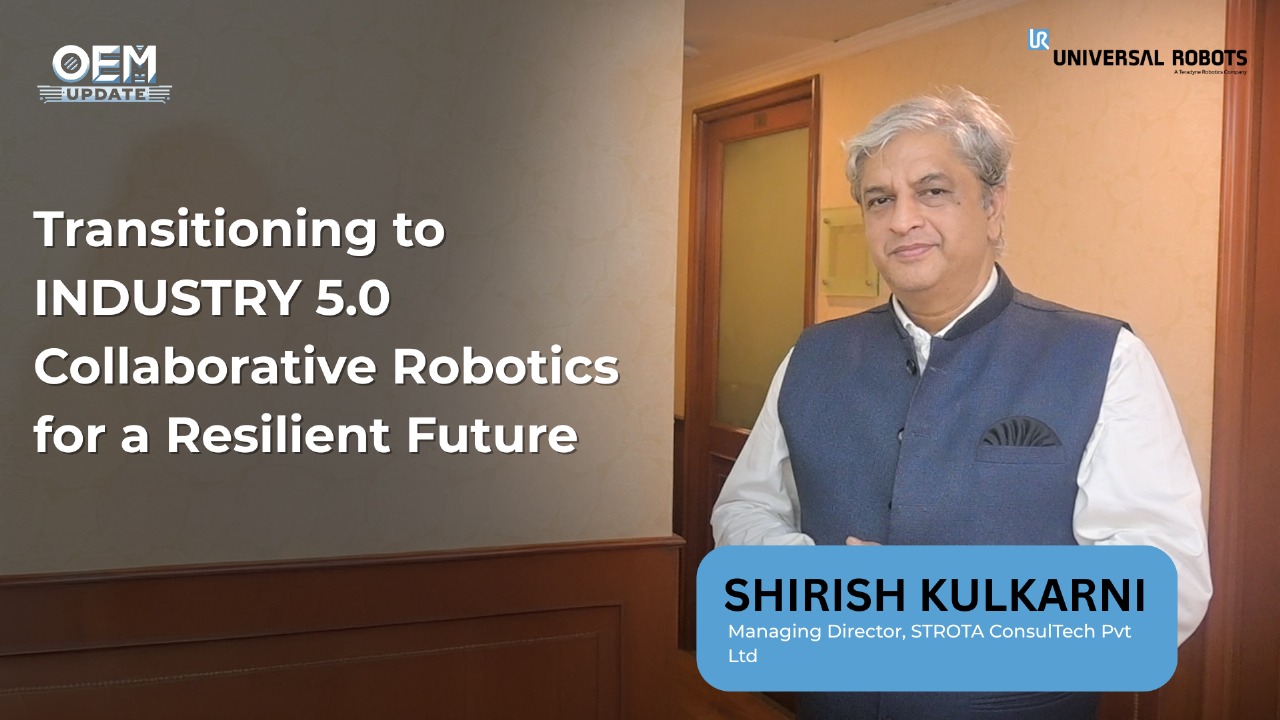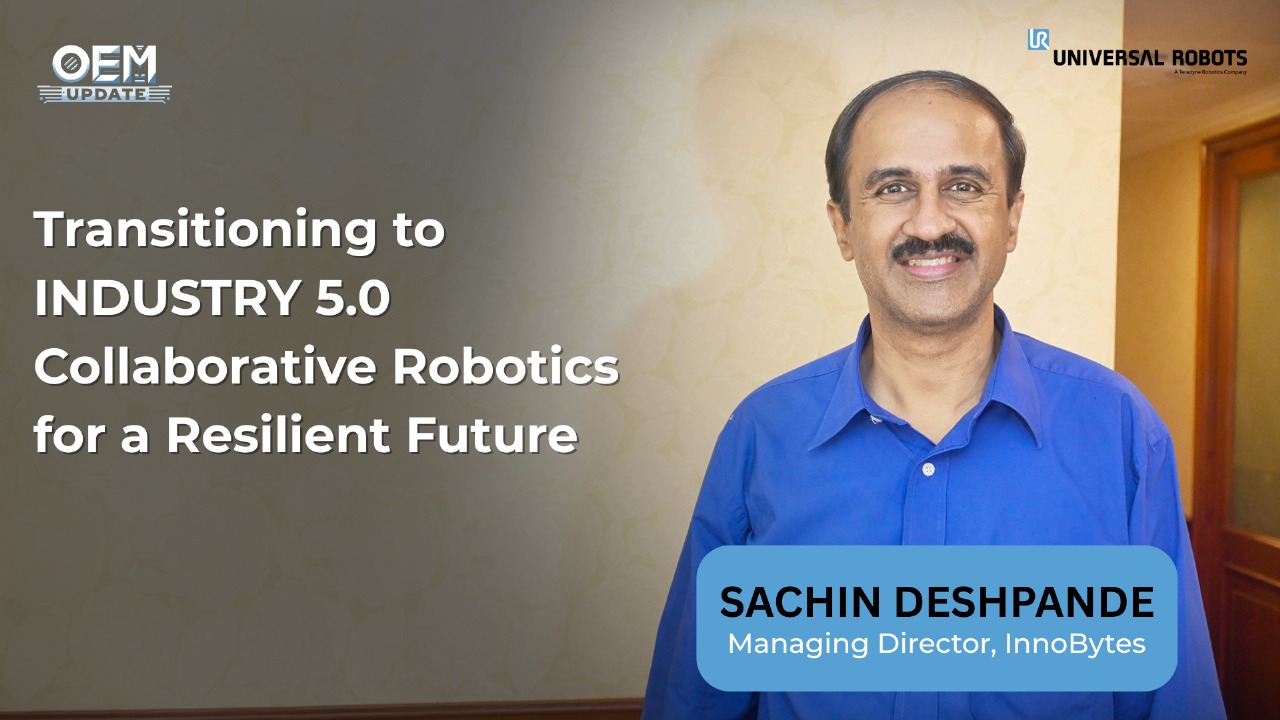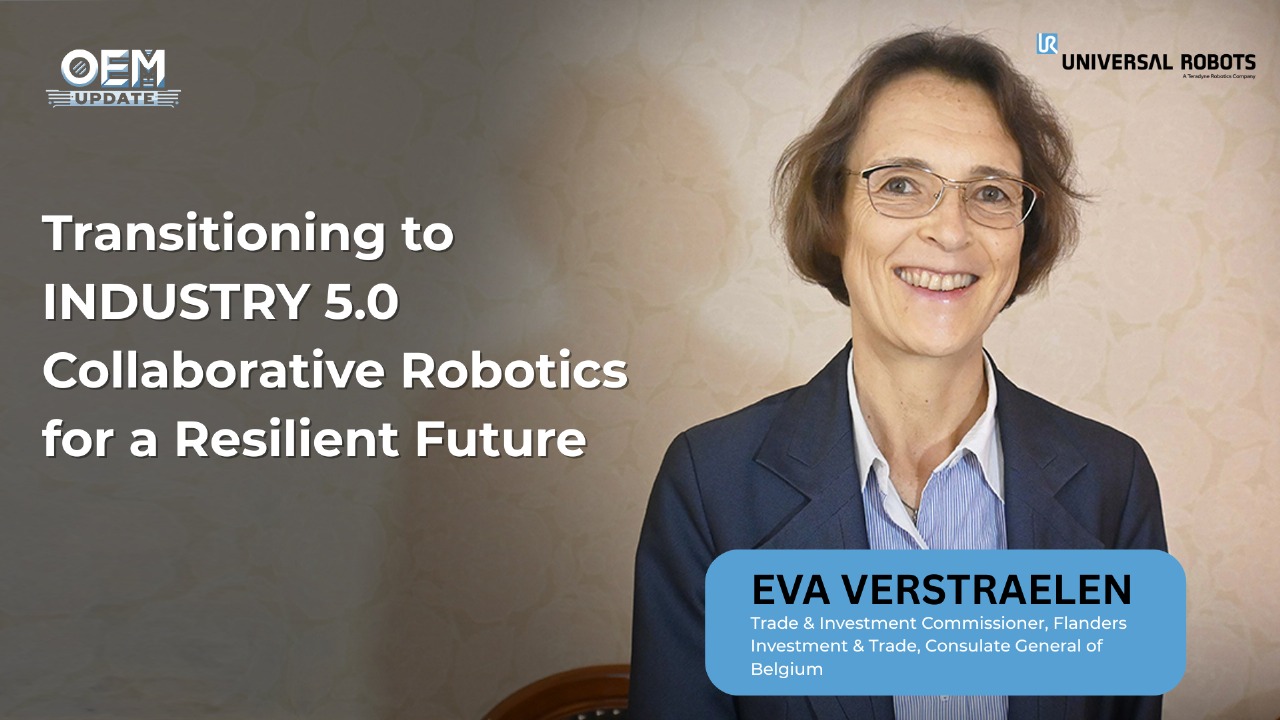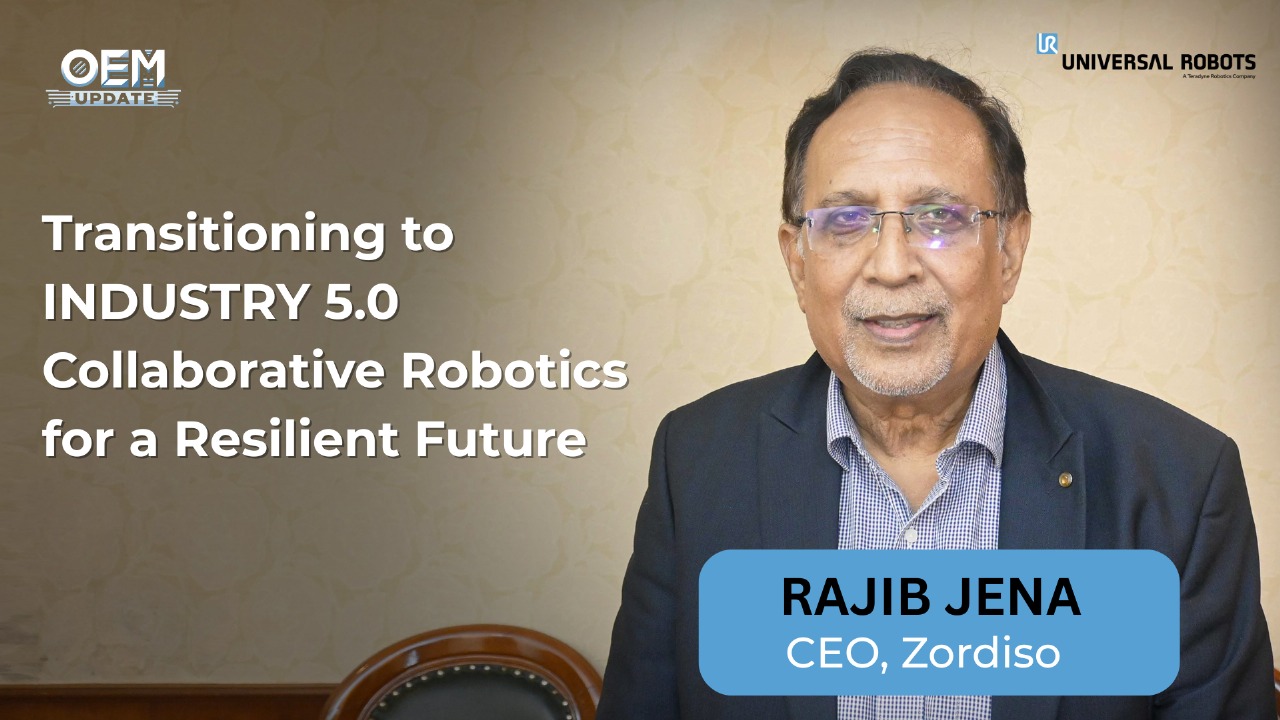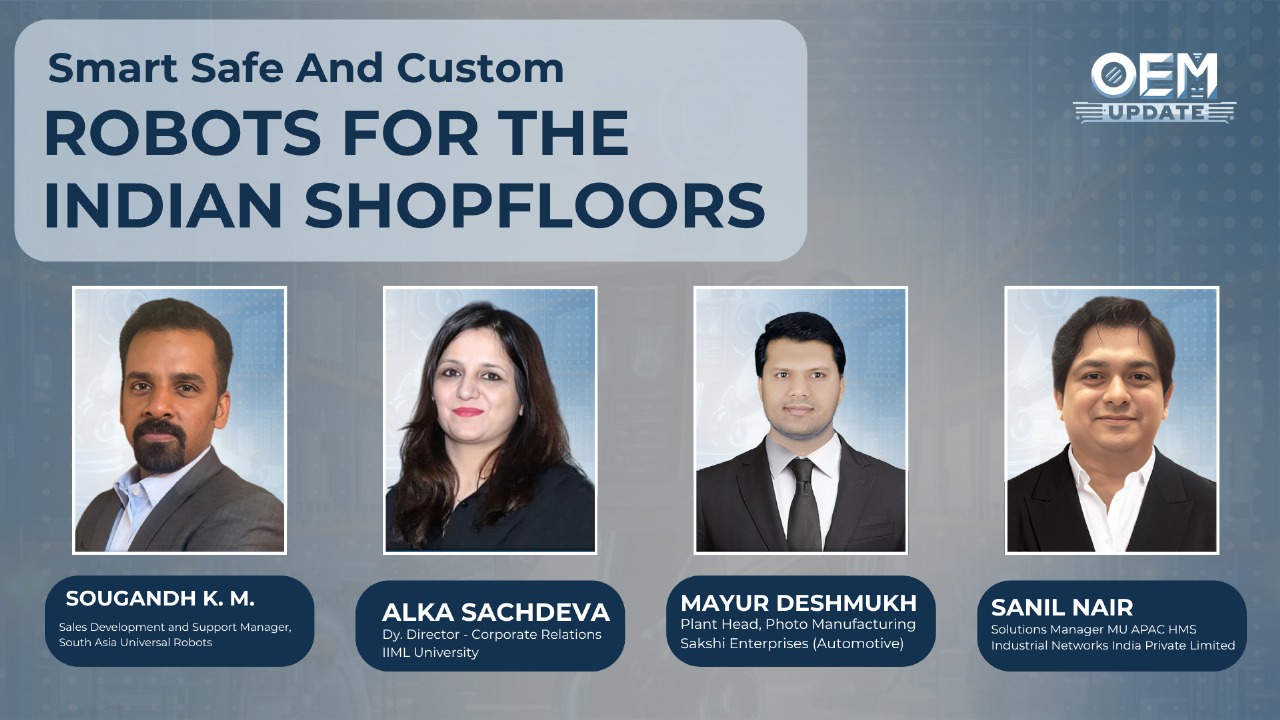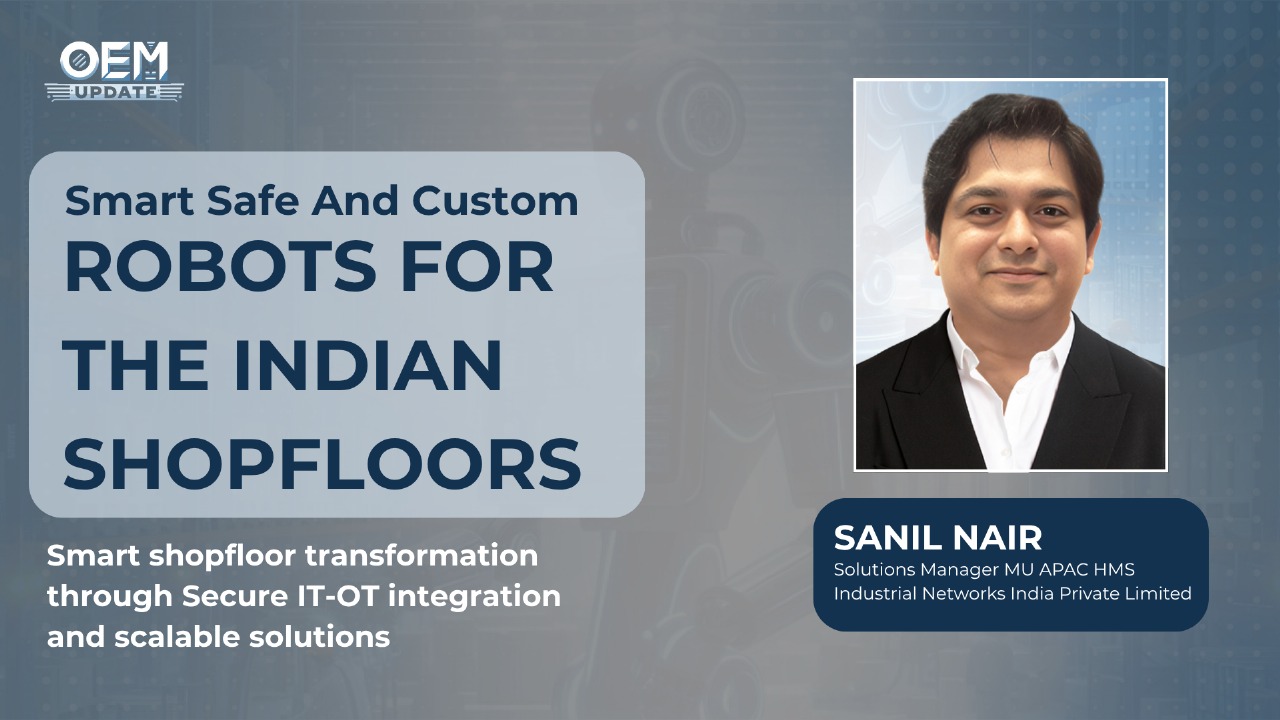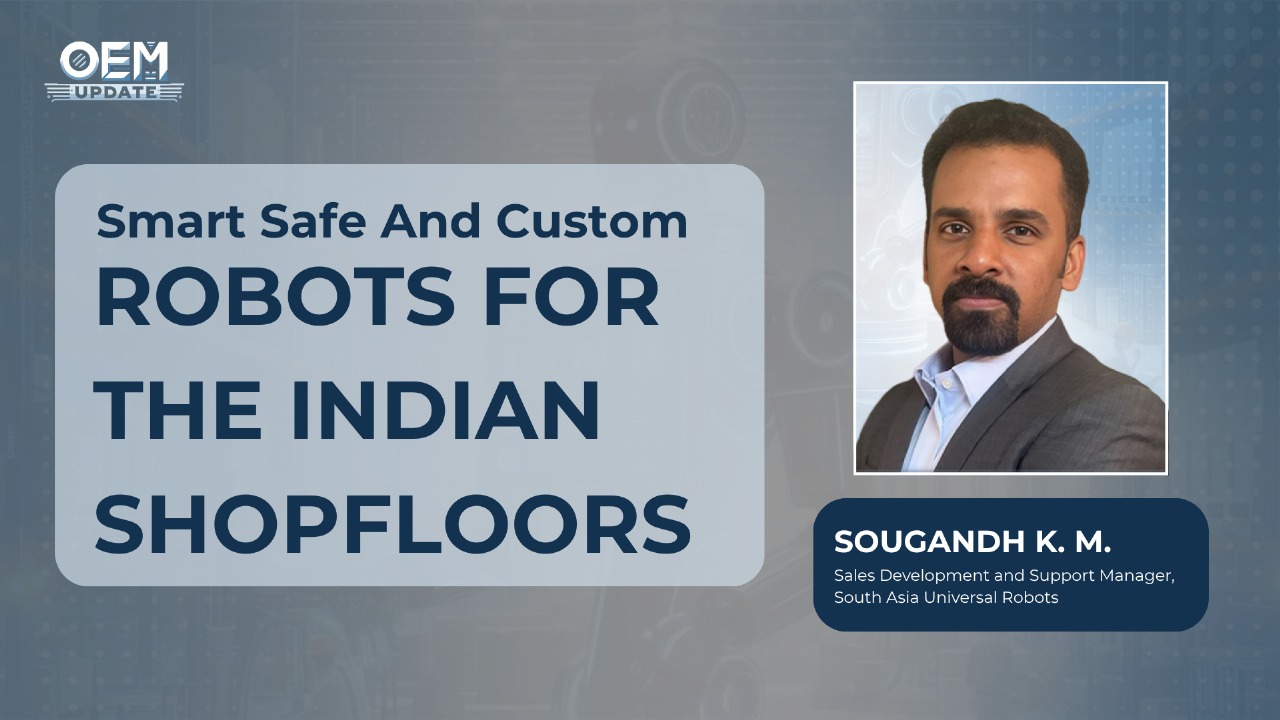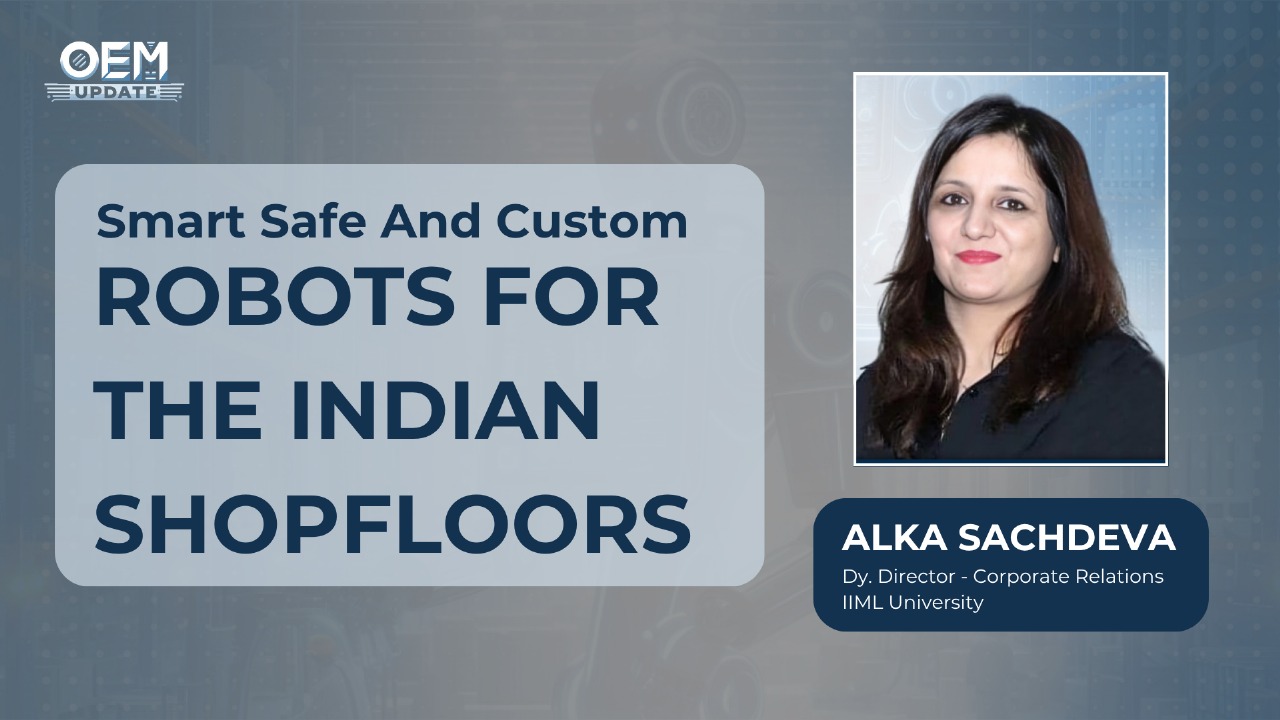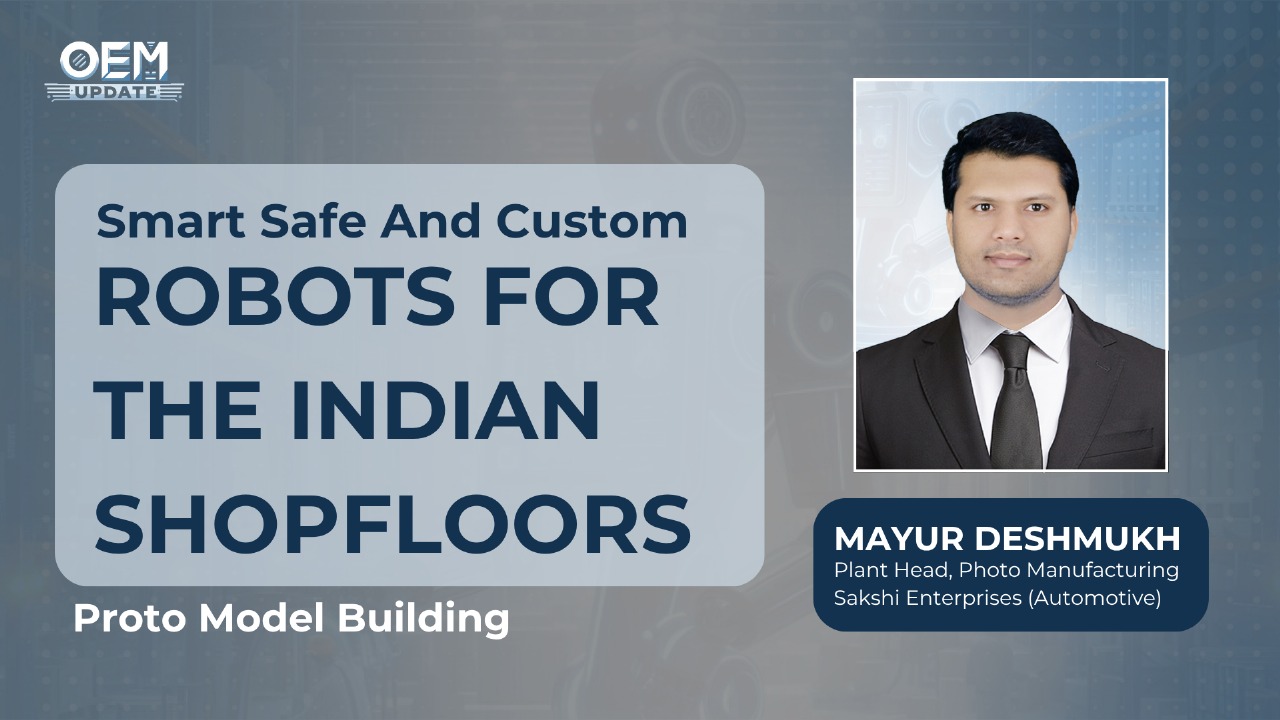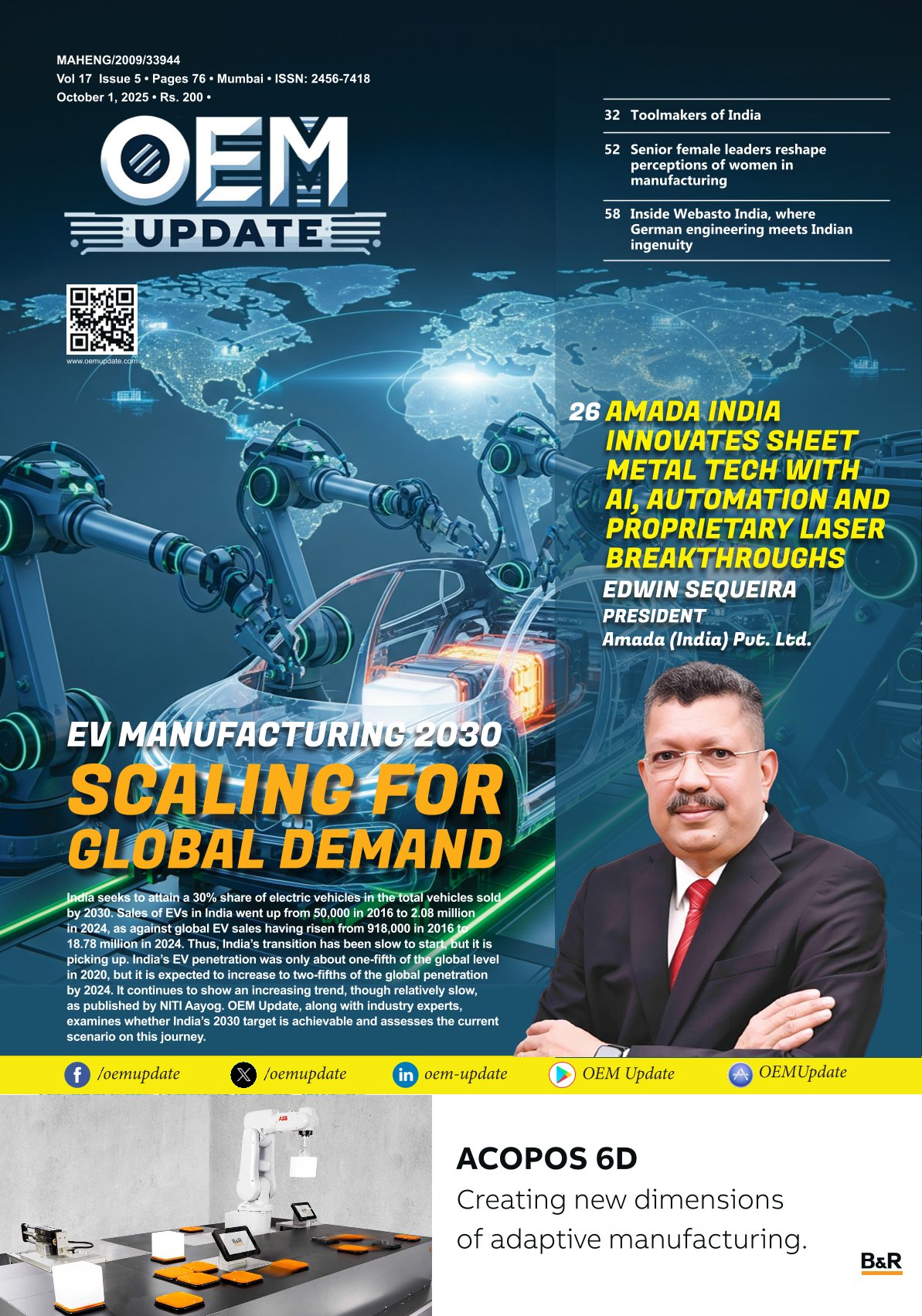Nasscom urges industry for AI and digital upskilling, powering Viksit Bharat
By Staff Report June 5, 2025 8:10 pm IST
Nasscom highlights the urgent need for stronger industry-startup collaboration, AI adoption in healthcare, digital skilling in Tier 2–3 cities, and a mindset shift to unlock India’s tech-driven growth.
Behind every healthcare innovation lies a key concern: where will capital come from, and how can we scale ethically and efficiently? What’s NASSCOM’s take on enabling funding pipelines for AI-driven healthcare solutions in India?
Concern about funding requirements exists for most startups, not just those in the healthcare segment. Having said this, while there are good startups seeking funding, there are also venture capitalists with funds looking for quality investment opportunities. Ultimately, it is about the match between the quality and maturity of the solution and the investor’s investment objectives.
While Nasscom does not directly fund startups, we work closely with the investor community to enable funding for startups. We also organise knowledge sessions on how innovators should prepare themselves for fundraising. Most first-time entrepreneurs are unaware of what investors look for when evaluating startups for funding, and such sessions help them create more effective pitch decks and deliver stronger pitches.
How is AI being practically deployed in critical care and life-saving applications today, and which emerging technologies are most promising in India’s healthcare ecosystem?
The ratio of doctors to patients in India is extremely low compared to the WHO recommendations, especially in rural areas, and this can’t be bridged organically. AI has begun playing a significant role in the healthcare sector and is poised to play a much larger role in the future.
From using AI to analyse X-ray and MRI reports to identify cancer and abnormalities to utilising an AI-based NLP interface to address patients’ first-level queries, AI has begun playing a significant role in the healthcare system. Pharmaceutical companies are now utilising AI to expedite the drug discovery process and lower costs. AI is being used to create personalised treatment plans after analysing large amounts of data to address critical illnesses. AI is also being used to identify how existing drugs can be used to treat different problems (drug repurposing). Such an approach would cut down the costly clinical trials that are a necessary part of any drug launch.
With GenAI disrupting the pharmaceutical industry, how is India positioning its pharmaceutical innovation engine to compete globally? What tech does India need to scale up their manufacturing?
India has strong AI capabilities. As indicated in the previous question, Indian startups are collaborating closely with healthcare service providers and pharmaceutical companies to utilise AI in various healthcare segments.
What is required is the willingness on the part of healthcare and pharmaceutical/life sciences players to move outside their comfort zone with traditional approaches and be ready to work closely with innovators in the adoption of new technologies. That disconnect is the biggest hindrance to the growth of indigenous technologies. Nasscom CoE, with its extensive experience in working with startups and enterprises, can help them identify suitable partners and work towards adoption.
What specific policies or ecosystems are helping MSMEs transition toward Industry 4.0 and 5.0, especially when they lack capital, digital literacy, or space for transformation?
Various state governments have subsidy schemes to help the MSME sector adopt digital technology. Indian startups have developed low-cost solutions that MSME players can easily adopt.
The major problem here is not the capital but the hesitation about how the adoption will work for them. They also need to realise that Industry 4.0 is NOT a one-size-fits-all approach but a journey. Start with a low-cost solution, see how it works for you, and then move forward with bigger adoption.
Nasscom CoE has worked extensively with MSME players to help them adopt digital solutions in their operations and is happy to work with those looking to start the Industry4.0 journey to improve their bottom and top lines.
Many startups claim to support ‘Viksit Bharat’s goals. From NASSCOM’s lens, which segments show true potential to meet global tech benchmarks?
Viksit Bharat is an amalgamation of various technologies that address multiple challenges faced in daily life. There is no single technology—all the technologies will play an important role in Viksit Bharat.
How is NASSCOM supporting the development of a digitally skilled workforce, particularly in Tier 2 and 3 cities where manufacturing is expanding?
FutureSkills Prime, a digital skilling initiative by NASSCOM and MeitY, aims to make India a Digital Talent Nation. It is an innovative and evolutionary ecosystem designed to equip learners with cutting-edge skills essential in today’s rapidly evolving digital landscape. The courses, pathways, and industry-backed Nasscom certification programs are aligned with the National Occupational Standards (NOS) and National Skills Qualification Framework (NSQF), enabling learners to acquire in-demand skills that employers highly value. As a digital platform, FutureSkills Prime opens up opportunities in non-traditional talent hubs for women returning to work, in tier 2 and tier 3 cities, and even for gig workers.
While launched to serve working professionals, FSP has evolved to strategically include students as well, as they are a critical segment in shaping India’s future workforce. Today, over 85% of its 3 million+ learners are students, the majority of whom come from underserved geographic areas. This transformation reflects FSP’s adaptive design and mission to democratise skilling.
As we approach 2025, what are the biggest tech-led opportunities and critical roadblocks NASSCOM sees for stakeholders in manufacturing, pharma, and healthcare?
Strong technical capabilities have the potential to transform into innovative solutions in various segments. The biggest challenge is the lack of digital literacy, which also results in hesitation in digital adoption. Enterprises need to make an effort to ramp up digital literacy and create an enabling environment for adoption. Digital adoption tends to bring transparency in operations, which is resisted by vested interests. It is up to the leadership of enterprises to push the adoption and make it happen.
Cookie Consent
We use cookies to personalize your experience. By continuing to visit this website you agree to our Terms & Conditions, Privacy Policy and Cookie Policy.
